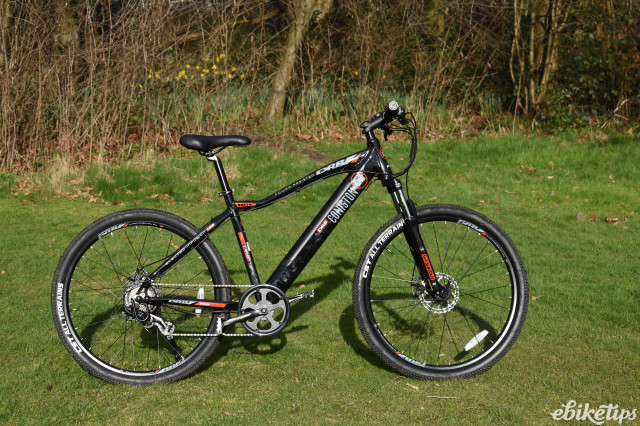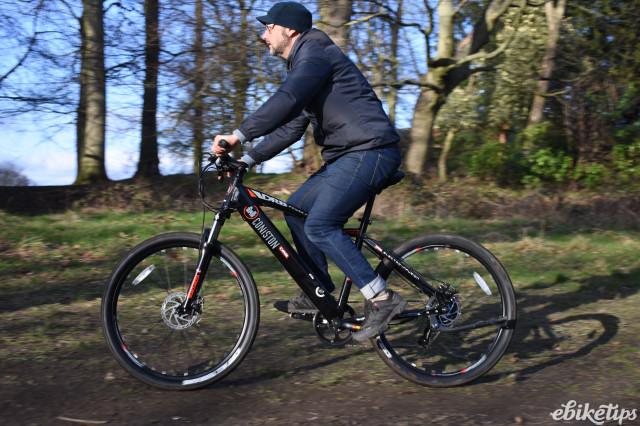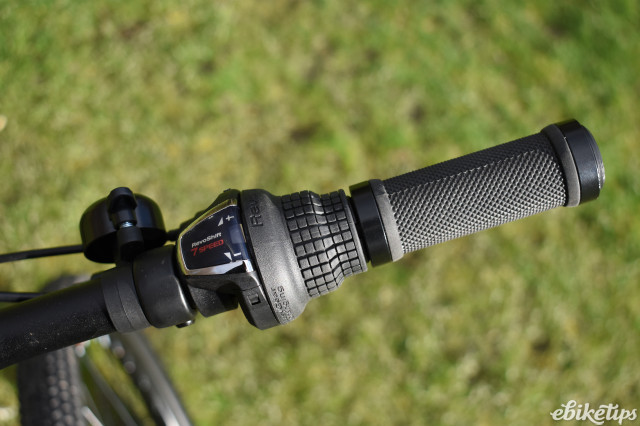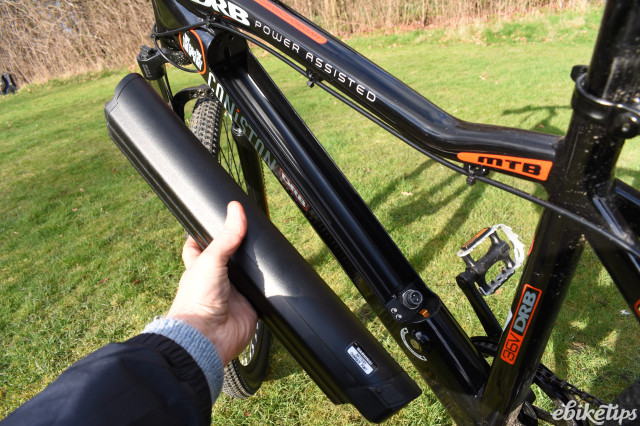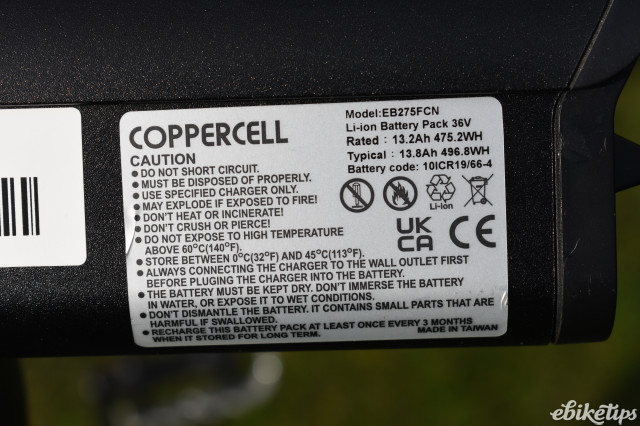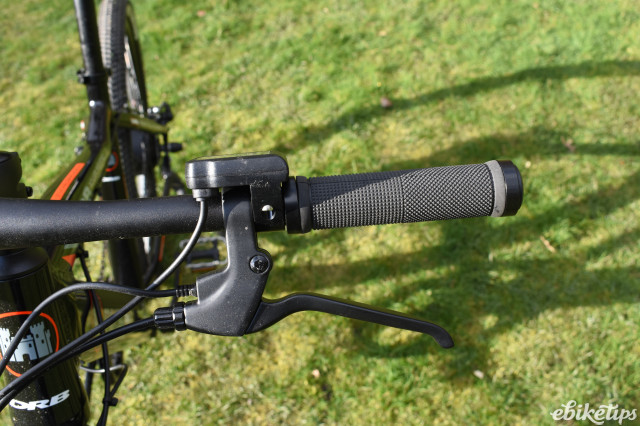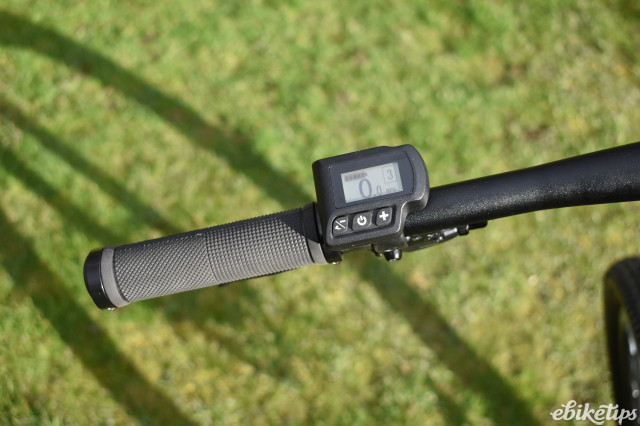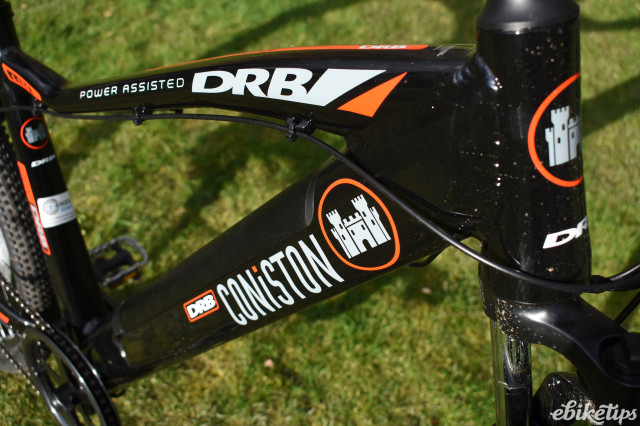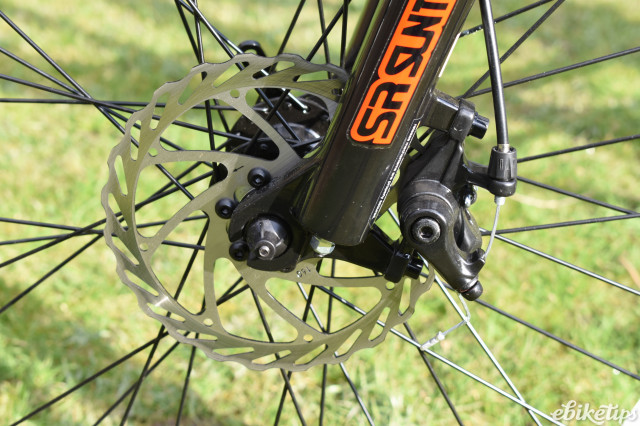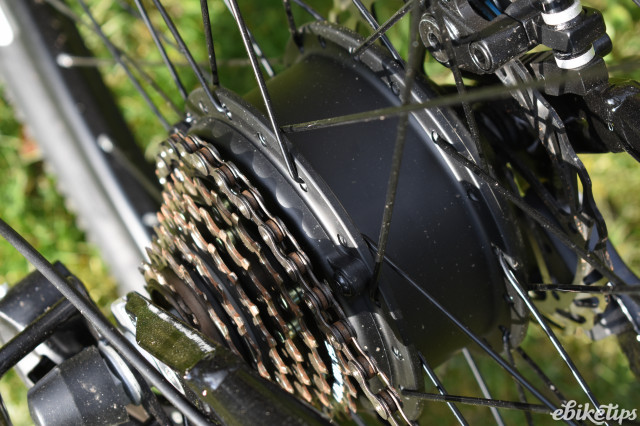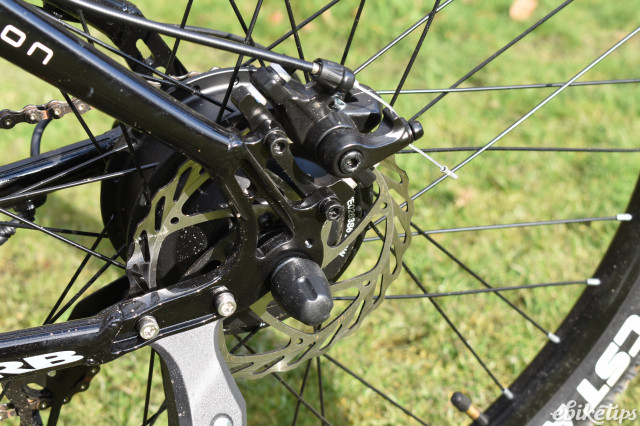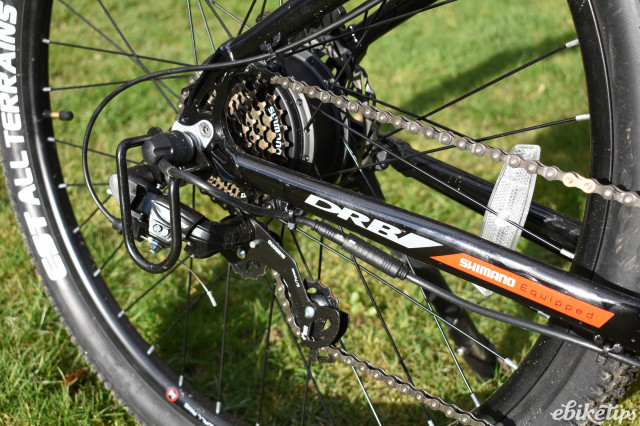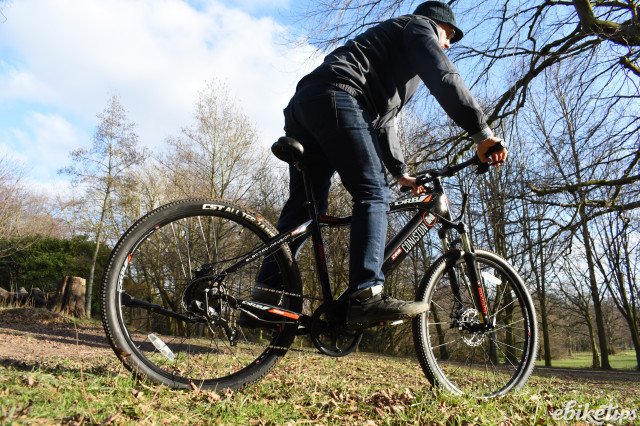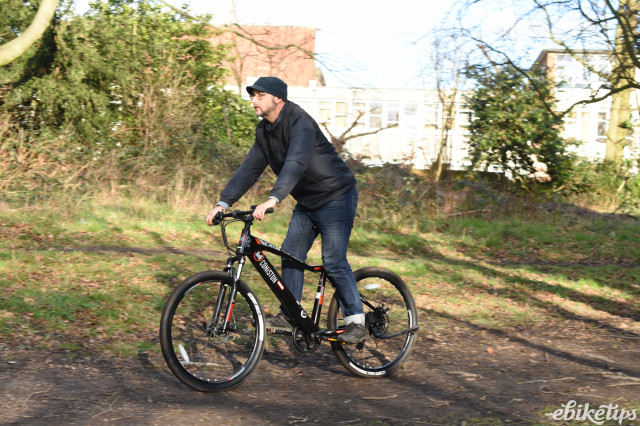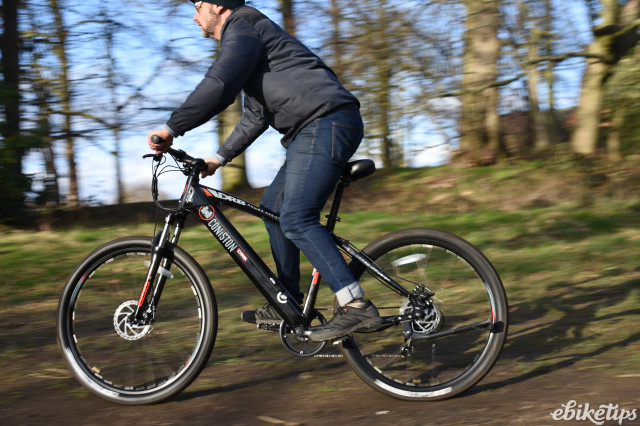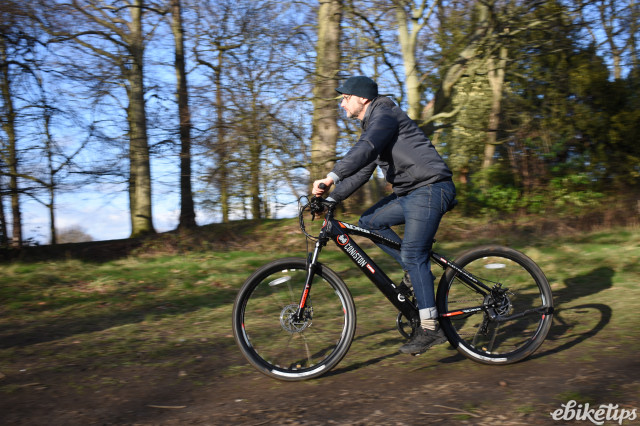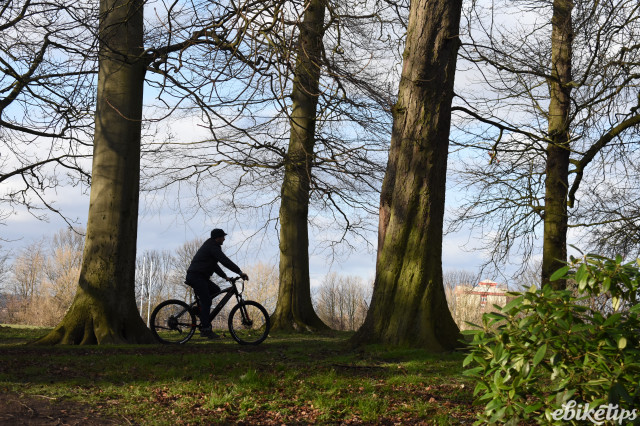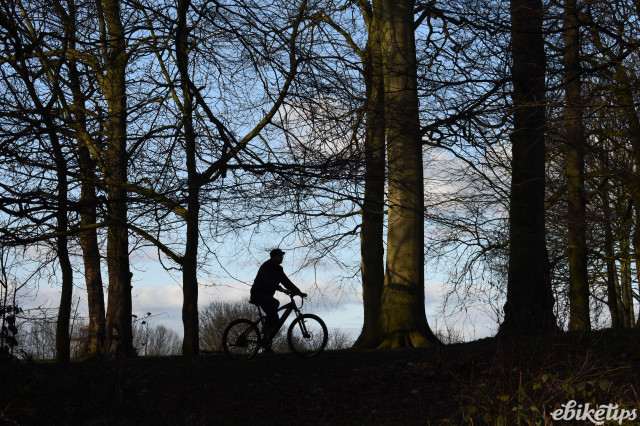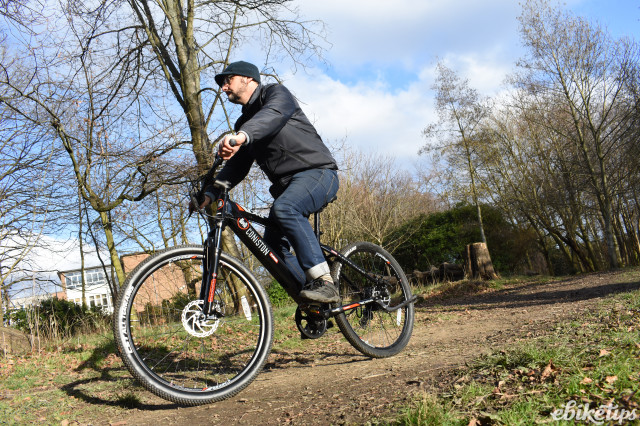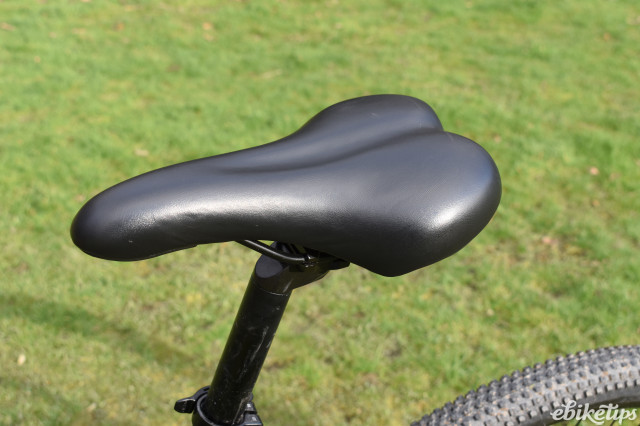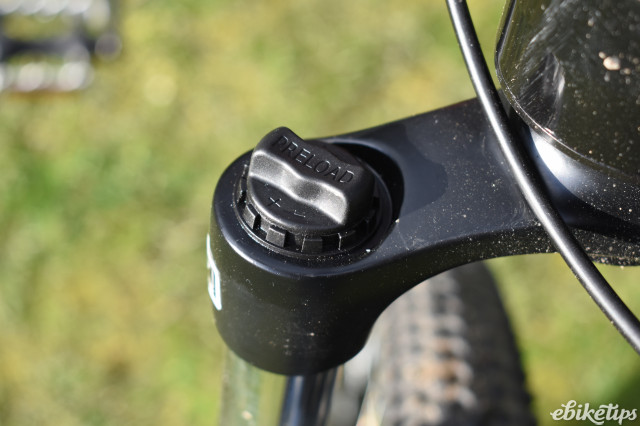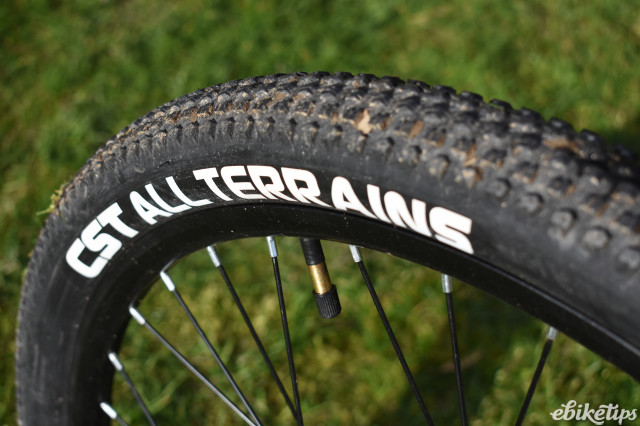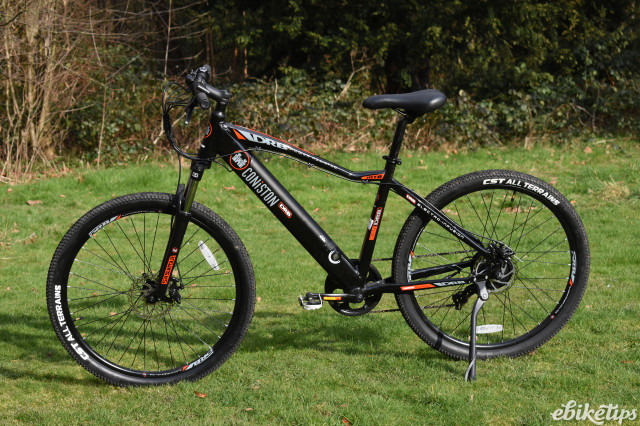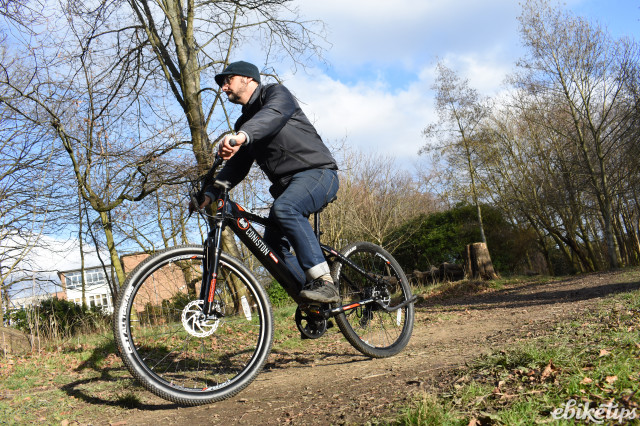Dallingridge Coniston
Overview
- Smooth power delivery
- All components perform pretty well
- Decent value for money
- Power levels 1 and 2 limited by speed
- No attachment points for rear pannier rack
We've already reviewed the Dallingridge Harlow city and commuting e-bike and this e-MTB style trail bike, the Coniston, comes from the same East Sussex stable - the Dallingridge brand being named after the builder of the 15th century Bodiham castle near the company's HQ.
Like all Dallingridge models (the brand also has a folder and a trekking model), the Coniston is aimed at the budget market but seeks to give a good sensible spec for the money that performs well - and it largely succeeds.
Pros and cons
As you might expect, the spec is budget but highly functional. The geared rear hub motor uses cadence sensing only (no throttle), rather than the pricier and more refined torque sensing power system, but it works well and picks up pretty soon after pedalling (unlike some other budget systems which can take several seconds to ‘realise’ that you are pedaling and want some motor power).
There are seven gears operated with a handy twistgrip, effective mechanical disc brakes and a neat little handlebar display that shows speed, odometer, trip distance plus max and average speeds.
There aren't too many cons. As on the Harlow, I found myself skipping power levels one and two out of three as they don't really give you less power, just less speed - which is only really useful if you need to negotiate some very tricky area where you really don't want to go fast at all. But at least it's an easy decision most of the time to go straight to power level three and leave it there.
There are no threaded eyelets on the frame for a rear rack, only ones for a rear mudguard, so you would have to resort to mounting a suitable rear rack with P-clamps or similar. Any front mudguard would have to be of the shorter type rather than a full length one as, of course, you have front suspension. Still, it would be possible to make the bike into a decent off-road capable commuter with the addition of rack, mudguards and lights. The bike already has a handy kickstand.
Out riding
Power delivery is pretty smooth and kicks in fairly soon after you have started pedalling with the proviso that, as mentioned above, power levels one and two out of three are speed rather than power limited, so I found them of very limited use.
On our extended hill climb of nearly a mile the Coniston posted a totally average and very respectable time, only losing one or two mph on a flat section that was fully exposed to a 20mph headwind. It only needed moderate effort from the rider even on the hardest sections of the climb.
On our short but ultra-steep 25% climb, the bike made it up with the rider standing out of the seat and pulling moderately hard on the bars, without any cut out or complaint from the motor - though a lower gear or two would have been most helpful and would have made it much less of a physical effort.
We estimated range at 20 to 30 miles with a 68kg rider on a mixed on- and off-road ride, with plenty of muddy and slippy late winter conditions on the off-road segments. This is a fair bit less than the 30 miles plus suggested in our test of the Dallingridge Harlow, which uses the same drive system and battery, but is hardly suprising given the much more testing off-road surfaces.
Gearing, braking and suspension all performed up to expectations given their budget credentials. The seven speed Shimano derailleur shifting was always reliable and, as we commented in the Harlow review, the gripshift changer is great for moving quickly up and down the gears. At first, the cable operated disc brakes felt very spongy, but fettling with the barrel adjusters and simple use sharpened them up considerably. It was still necessary to pull the levers pretty far in to get a very quick stop, but when you did there was plenty of stopping power there, even on the steepest of slopes.
The sprung front suspension felt quite soft and suitable for the rider's 68kg bodyweight. Preload is controlled by the large plastic dials on both sides of the fork and proved OK for stiffening up the suspension for extended road riding, but a quick and easy lockout would have been better and more convenient.
The CST All Terrain 27.5 x 2.10 tyres coped very well with the towpath and moderate bridleway condtions with plenty of late winter mud around.
The neat display also worked well overall and we particularly liked the power meter that showed how much power the motor was using and when. Our only quibble was that the small buttons are a little fiddly to use with gloves on.
Who is it for?
The Coniston would suit a leisure rider who enjoys a few hours' ride on canal towpaths and farm tracks. Any e-bike with this hub motor / cadence sensing system would struggle on much steeper and more technical terrain. That's no criticism as it is not really what such bikes are designed for. The obvious choice on much more testing tracks is a good mid-drive (but expect to pay at least £1,000 more for such an option).
In terms of both spec and price the obvious competitors for the Coniston that we have tested are the E-trends Trekker and the Eskute Voyager. The Coniston is certainly a superior performer to the Trekker and it is probably a draw in performance terms when compared to the Voyager. Yes, the Voyager is cheaper but the Coniston comes with a UK dealer network and UK HQ backup (which Eskute lack) - with Dallingridge there should be somone to answer your phone queries if you have any. With the best will in the world, more remotely run operations without a UK dealer network and dedicated phone line struggle to offer the same level of aftersales service.
We liked the 27 gears and the option of a large 576Wh battery on the Oxygen S-Cross MTB, those low gears giving it the edge over the Coniston in seriously hilly off-road country. But if you are after a dependable leisure style e-MTB with UK-based backup that doesn't break the bank then look no further than the Coniston.
